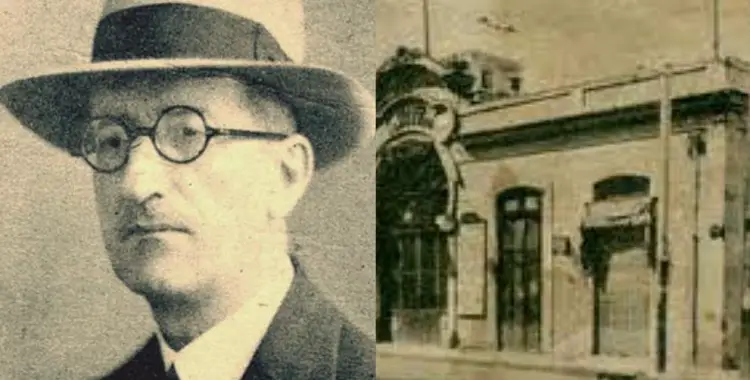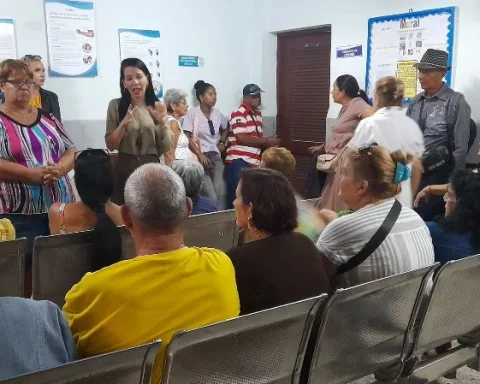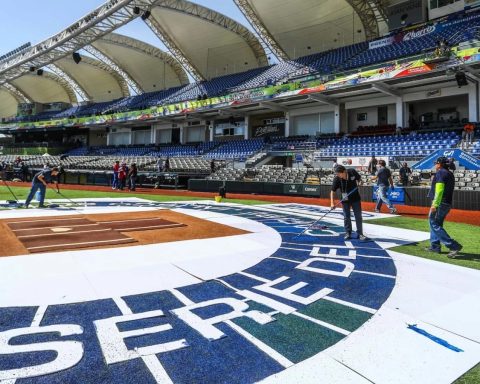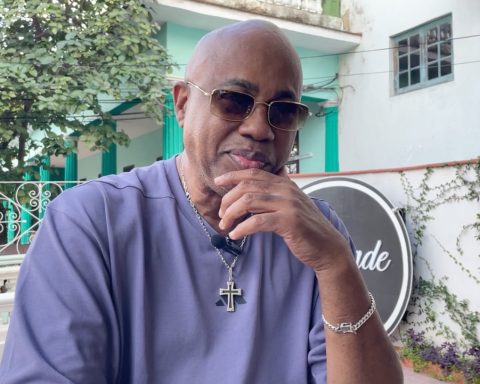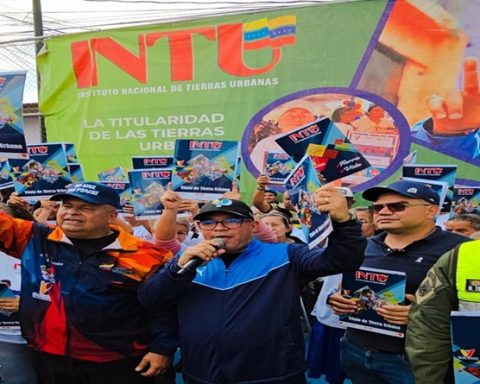MADRID, Spain.- The popular guajira, a genre derived from the Cuban punto, had as its precursor Jorge Anckermann from Havana, born in 1877 in the Santo Ángel neighborhood.
In 1899, when he was barely 22 years old, but had already demonstrated his talent, the brothers Gustavo and Francisco Robreño commissioned him to compose the music for the magazine Neither parrots nor roosterswhich was presented in September of that year at the Lara theater.
For that show he composed the first guajira, initiating this genre on the Island; although “El arroyo que murmura” is recognized as the first Cuban guajira, also created by him a little later.
Anckermann, who at the age of 15 was already musical director of the Narciso López buffo company, toured Mexico with this group, and there he made the Cuban danzón known.
The composer was also closely related to the successful years of the theater Alhambra, where he kept premiering pieces until its closure, he was its director for 20 years and turned out to be the most important creator linked to the Alhambra. In this stage he premiered hundreds of sainetes and danzones, many of them considered vernacular theater classics, among them “El país de las botellas” and “La isla de las cotorras”.
In addition to conducting the Alhambra orchestra for more than three decades, Anckermann conducted orchestras in other theaters in Havana, such as the Molino Rojo, the Albisu, the Payret and the Tacón. In the latter he had premiered, at the age of 17, the score of his first play, The great party
Throughout his musical career he composed a large number of playswhich included boleros, rumbas, claves, proclamations, criollas, guajiras, danzones and dances.
Jorge Anckermann died in Havana on February 3, 1941 at the age of 64.
